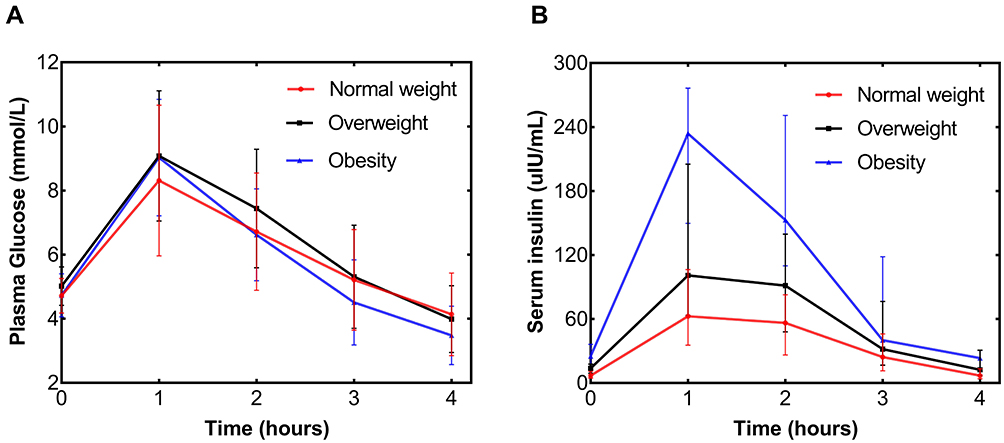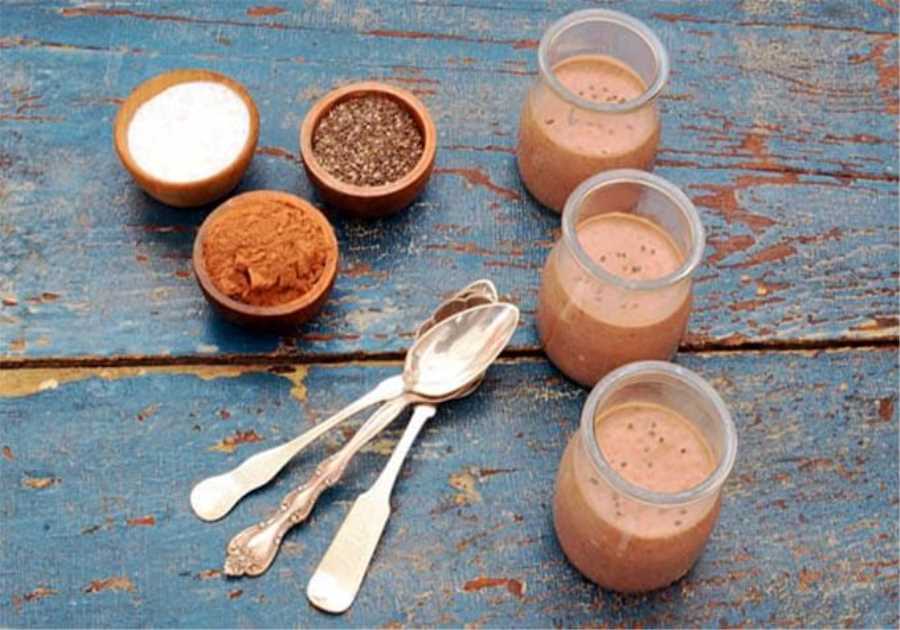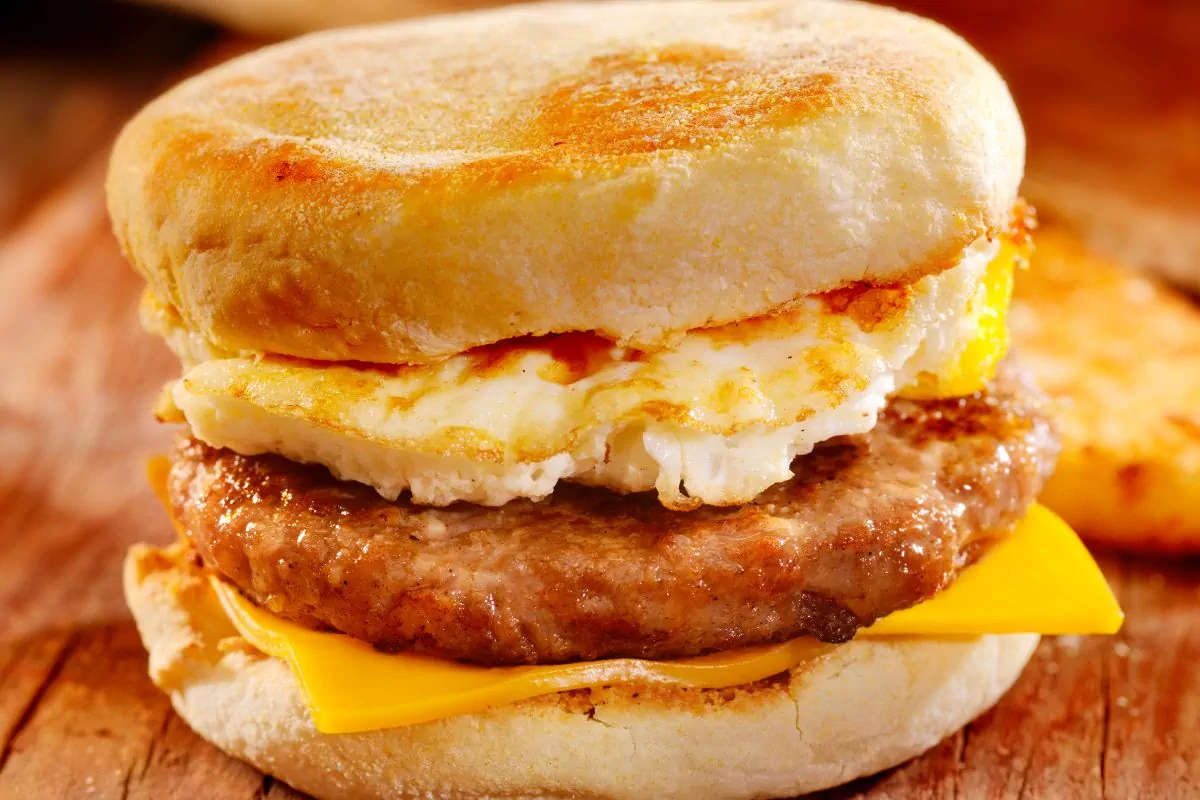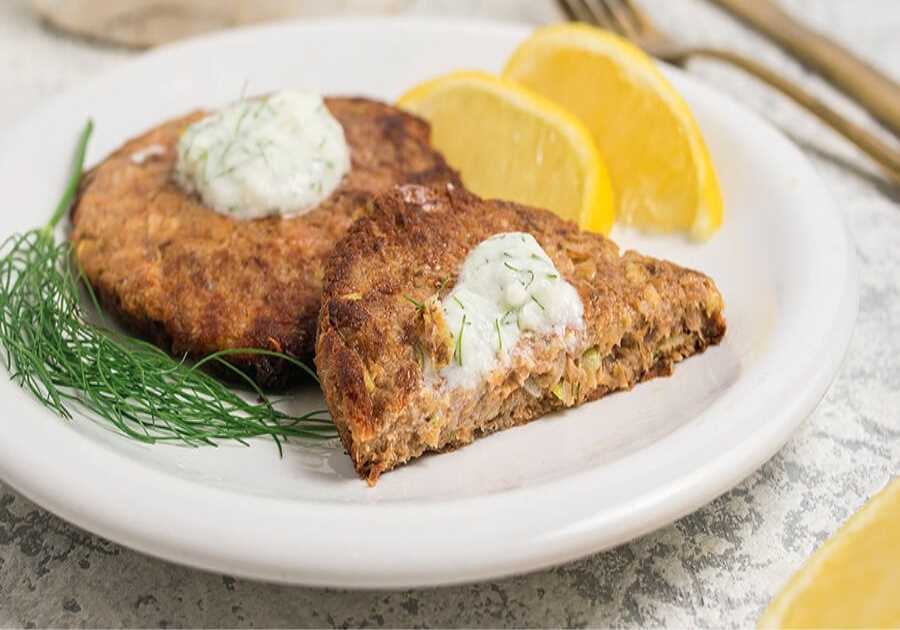
There are several different ways to treat reactive hypoglycemia. The first step is to reduce or eliminate your caffeine and alcohol intake. You may need to wean off them gradually, but you should never consume alcohol or caffeine on an empty stomach. Another option is to limit your intake of fruits since they are often high in sugar.
Symptoms
Reactive hypoglycemia is a condition where your body does not get enough glucose. Although there is no known cause for the disorder, there are some dietary changes that you can make to decrease the risk. It would be best if you focused on eating a balanced diet containing lean proteins, whole grains, vegetables, fruits, and low-fat dairy products. You should also limit foods with high glycemic indexes. Also, it would be best if you tried to eat small meals with plenty of fiber. You should also avoid going more than three hours between meals. In addition, you should engage in physical activity every day because it helps increase the amount of glucose absorbed from your blood and stabilizes your insulin levels.
Many things can cause reactive hypoglycemia. For example, certain medications, surgery, and alcohol can cause it. Metabolic diseases, such as diabetes and obesity, can also cause it. People who are overweight are more prone to developing reactive hypoglycemia. If you suspect you may have this condition, visit a doctor and get your blood tested.
Causes
Reactive hypoglycemia can occur for various reasons and is not usually dangerous. However, it is essential to consult a medical professional to make sure there is no underlying medical problem. In some cases, dietary changes can help alleviate symptoms and prevent the condition from reoccurring. Diabetics should avoid large amounts of simple processed carbohydrates and excessive sugar.
Many hypotheses exist for the causes of reactive hypoglycemia, including a lack of hormones and enzymes. When these factors are absent, the body's digestive system cannot properly break down meals, reducing the amount of glucose absorbed into the bloodstream. Some conditions, such as cystic fibrosis and pancreatic cancer, may also result in a reduced level of glucose absorption in the blood. Also, some diets or surgical procedures may cause food to travel through the digestive system too quickly.
One of the best ways to prevent reactive hypoglycemia is to eat smaller meals more frequently. This will help prevent the pancreas from dumping a large amount of insulin in a single meal. In addition, eating a diet high in proteins and fibers is also essential to the prevention of hypoglycemia. Taking antidiabetic medications may also be beneficial in treating reactive hypoglycemia.
Treatment
The easiest way to diagnose reactive hypoglycemia is to perform a blood glucose test. If glucose levels are within the normal range, symptoms should go away. If they don't, the individual should be observed to see if they return to normal. In severe cases, a person may need surgery to remove an insulinoma or part of the pancreas.
The cause of reactive hypoglycemia is still unclear, but it can be related to the type of food eaten or the timing of food passing through the digestive system. Other possible causes include alcoholic beverages, certain surgical procedures, and certain metabolic disorders. Some patients are at an increased risk for this condition, so getting a proper medical diagnosis is important. Additional tests may be necessary to determine whether or not the symptoms are related to low blood sugar.
If you are experiencing reactive hypoglycemia symptoms, the best treatment course is to avoid eating foods high in sugar and simple carbohydrates. This will prevent your body from releasing excess insulin. Also, eating small meals more often may prevent the body from releasing excessive insulin after eating. Eating a balanced diet that includes high-fiber vegetables and fruits may also be beneficial. Another option is to exercise regularly. This can help stimulate the muscles to absorb glucose directly from the bloodstream, preventing a spike and crash in blood sugar levels.
Prevention
You need to reduce your sugar intake to avoid a reactive hypoglycemic episode. Avoid sugar and starch and increase protein and complex carbohydrates. You can also take drugs that delay the absorption of glucose. In addition, eating a high-protein diet and exercising regularly can prevent hypoglycemia.
Simple carbohydrates and sugars cause reactive hypoglycemia because they break down quickly into glucose. These sugars also cause a sharp spike in blood glucose followed by a rapid drop. If you are prone to reactive hypoglycemia, you can use a glycemic index chart to help you make better food choices.
Reactive hypoglycemia can cause various symptoms, depending on the severity and your ability to compensate for the low sugar levels. Some symptoms include sweating, nausea, and visual disturbances. More serious cases may lead to coma or cardiac arrhythmias.
Frequently Asked Questions
How much weight do you need to lose in a week by intermittent fasting
You might be wondering how much weight you should lose during your weekly intermittent fasting cycle. This requires thoughtful reflection.
The key is to be balanced. Overly aggressive goals can lead to burnout or injury. Consider lifestyle factors like adequate sleep, hydration, and nutrition when planning your weight loss goals. You should not make counting calories the primary focus of any weight loss plan.
Second, consider what type of results you are able to achieve. A loss of more than 1-2kg per week can put undue stress on your body. While a smaller amount could result in little or no visible changes, a greater weight loss could be detrimental to your health. Measurements of the body are a better way to track progress than just watching the scales change.
Talk to a qualified dietitian or other health professional regularly for support and guidance. Talking to an objective person can help you ensure that your goals are safe and reachable with sustainable results.
Is it possible to eat whatever you want while on intermittent fasting but still lose weight?
You want to be able to eat as much as you like while still enjoying the benefits and convenience of intermittent fasting. The answer is yes! Intermittent fasting can be a great way to lose weight while still enjoying your favorite meals.
Intermittent Fasting can be a great way to kickstart your weight loss journey if you are careful about planning and have the discipline to stick with it. It is important to plan your meals and include your favourite foods in your diet. Pay attention to the portion size and calories from snack items or sauces.
Research shows that balance is the key to successful intermittent fasting. You won't get the same benefits from intermittent fasting if you include some indulgent meals. Intermittent fasting helps increase fat burning, reduce hunger signalling, and improve overall mental clarity.
Intermittent Fasting is a great solution for anyone looking to change their lifestyle but without giving up what they love! When you strategically eat with purpose at specific times throughout the day, you can enjoy satisfying meals while drastically reducing your caloric intake. You don't have to wait any longer! Get started right now and you will see how amazing intermittent fasting is!
Coffee break or fast?
More and more people are embracing fasting as part of their nutrition and health regimen. It can be challenging to find out what you can eat while fasting, and still reap the benefits. Is coffee considered a break in a fast?
This is where the problem becomes complicated as each person's body reacts to coffee differently. However, you must be aware that pure black coffee shouldn't cause any disruptions to your fast.
It is important to pay attention to how your body responds when drinking coffee during a fast. Caffeine might cause a delay in fat-burning for some people. Talk to your healthcare provider if you are concerned about this.
It is important to note that many specialty and flavoured coffees have ingredients that can add calories. These could result in breaking a fast when ingested with care. You can make the perfect cup of coffee by using plain black coffee or espresso shots during fasting. They are not high in calories and can help you feel energized while keeping your fasting going.
Research has shown that black coffee is unlikely to interrupt a fast. While it's best to choose what is right for you, be sure to keep an eye on any unwanted side effects (e.g. stomach aches or headaches) when fasting.
Is 16/8 intermittent fasting right for you?
It is crucial to examine your personal lifestyle and how intermittent fasting affects your dietary choices. 16/8 intermittent fasting allows you to eat within a 8-hour window, and then fast the 16 remaining hours of each 24-hour cycle. Intermittent fasting has many health benefits. It is worth researching to see if this is the right approach for you.
Delving into the specifics of 16/8 intermittent fasting will better prepare you for making this decision. The goal is to reduce overall calories without feeling uncomfortable or restricted. It may be as simple to skip a few meals or eat at specific times (e.g. breakfast, lunch, dinner). To stay on track with your nutrition goals, it is important to understand how much food you eat and how often.
Determining whether 16/8 would work for you begins with understanding your body's needs. When evaluating one's food preferences and dietary choices, variables such as activity, hormone imbalances, medical conditions and stress levels, age and genetics are all important. You might find intermittent fasting not to be best suited for your needs or those of your family members. There are many diets that range from low carb to high-fat, and others that can be healthy.
No two bodies are exactly alike - it is up to you how much energy and effort you put into considering all dieting options when searching for the best suited for your needs. You can assess your body and decide if 16/8 intermittent Fasting is right for you.
Intermittent fasting can help you shed belly fat
The key to solving problems is to challenge the status quo. Traditional wisdom claims that caloric restriction and exercise are essential when it comes to losing belly fat. But recent research suggests something much faster and more effective: intermittent fasting.
Intermittent fasting is when you eat food in a specific 8-12 hour window per day and fast for 12-16 hours between meals. Intermittent fasting doesn't mean you have to worry as much about portion control and calories counting than you would when you were under consistent calorie restrictions.
When practiced correctly, intermittent fasting can ramp up metabolism and burn stored fats more efficiently than other methods of long-term weight loss. You can also increase mental clarity and digestive health, as well as reduce inflammation and the chance of developing chronic diseases like type 2.
Plus, the practice requires little effort from the user -- just set a timer for when you eat and then stay away from food until the timer goes off again! Intermittent fasting offers a straightforward way to lose belly fat and improve health outcomes.
Intermittent fasting can be a great way for weight loss. But it is not a magic bullet. You still need to ensure you're eating healthy and nutritious foods during your eating windows and getting enough exercise. Before you start a new diet, consult your doctor if there are any underlying medical conditions, pregnancy, or breastfeeding issues.
Statistics
- Fat consumption was examined in 1 study, which compared dietary fat intake of 45% versus 25% at the expense of carbohydrate intake. (ncbi.nlm.nih.gov)
- In 2018, 63.1% of Canadian adults were overweight or obese. (ncbi.nlm.nih.gov)
- When diet composition was controlled, most protocols were consistent with Health Canada and American Heart Association guidelines: 55% carbohydrates, 20% fat, and 25% protein. (ncbi.nlm.nih.gov)
- IF trials found weight loss of 0.8% to 13.0% of baseline weight with no serious adverse events. (ncbi.nlm.nih.gov)
External Links
academic.oup.com
- Oxford Academic
- Effect of an Intermittent Calorie Restricted Diet On Type 2 Diabetes Remission: Randomized Controlled Test
pubmed.ncbi.nlm.nih.gov
- Intermittent fasting: is there a role in the treatment of diabetes? PubMed - A review of literature and a guide to primary care physicians
- Daily Fasting Improves Health & Survival in Male Mice Independently from Diet Composition or Calories – PubMed
jamanetwork.com
ncbi.nlm.nih.gov
- Intermittent energy restriction improves weight loss efficiency in obese men: the MATADOR study - PubMed
- INTERMITTENT FASTING & HUMAN METABOLIC HELTH - PMC
How To
Getting started with Intermittent Fasting. A Beginner’s Guide
Intermittent eating is a popular method for weight loss. There are many different ways to do intermittent fasting. You can choose from the 16/8 or the 8/8 method. Or you can eat every day for five days. After that, you will reduce your calories intake to 500-660 calories for the two remaining days.
These are the steps you need to take to start intermittent fasting.
-
Setting goals: It's important that you understand why you want to start intermittent fasting, and what your goals are. Some people use intermittent fasting to lose weight, while others use it to improve their overall health or reduce the risk of certain diseases.
-
Please choose a method. There is a wide variety of intermittent fasting methods. Consider your lifestyle and eating habits before deciding on which method to use.
-
Plan your meals. For example, if 16/8 is your preferred method, you can decide when to eat your meals within your 8-hour time frame. Fasting can be beneficial for your health if you include high-quality, nutrient-dense foods.
-
Drink plenty of water, and keep hydrated. Intermittent fasting is a great way to feel full and satisfied. Aim for at least 8-10 cups of water daily, and consider adding other low-calorie, hydrating beverages like herbal tea or unsweetened coffee.
-
Consistency will be your key to success with intermittent fasting. Keep your chosen method consistent and patient. It may take some time before you see the results.
Intermittent fasting is a powerful tool to lose weight and improve overall health. However, it is not suitable for all. To determine if intermittent fasting is safe for you, consult your doctor. With the right approach and dedication, intermittent fasting can greatly improve your healthy lifestyle.






